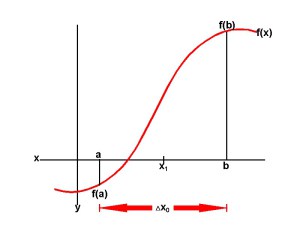How to remove Character from String in C using Pointer
Our mission is to learn how to remove character from string in C using Pointer. Let me think how, so we need to write a function that receives a character string (word) and a character as arguments and deletes all occurrences of this character in the string. The function should return the corrected string with no holes.
Example
String entered: database
Character entered: a
Result: dtbse
